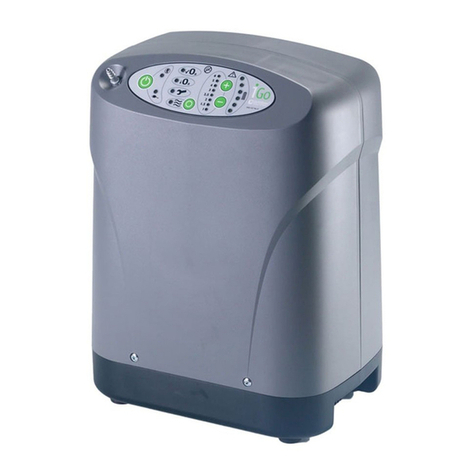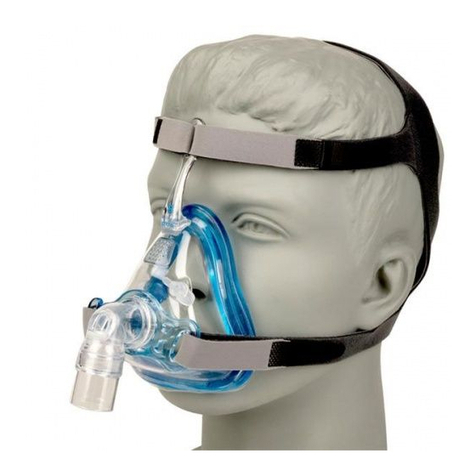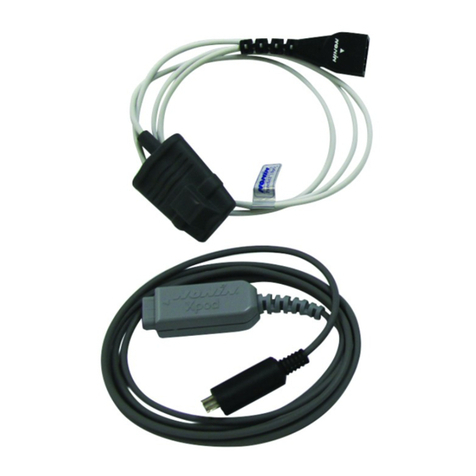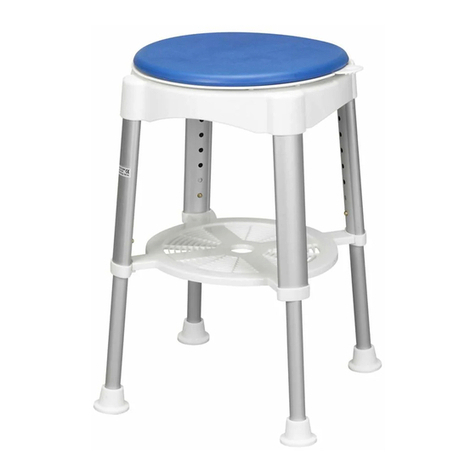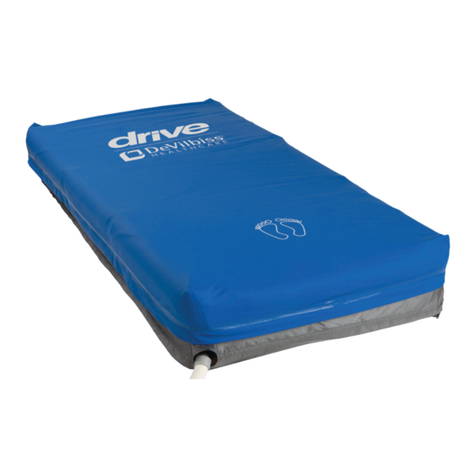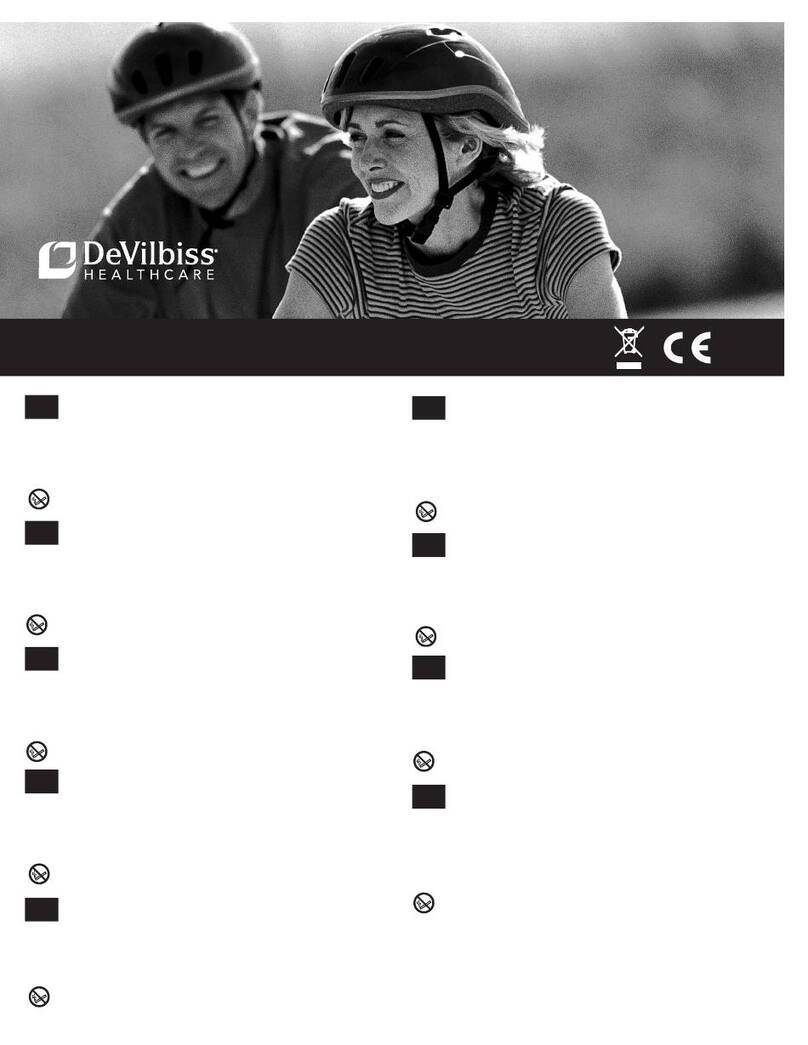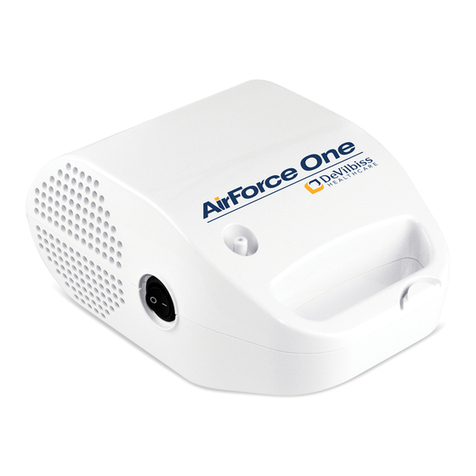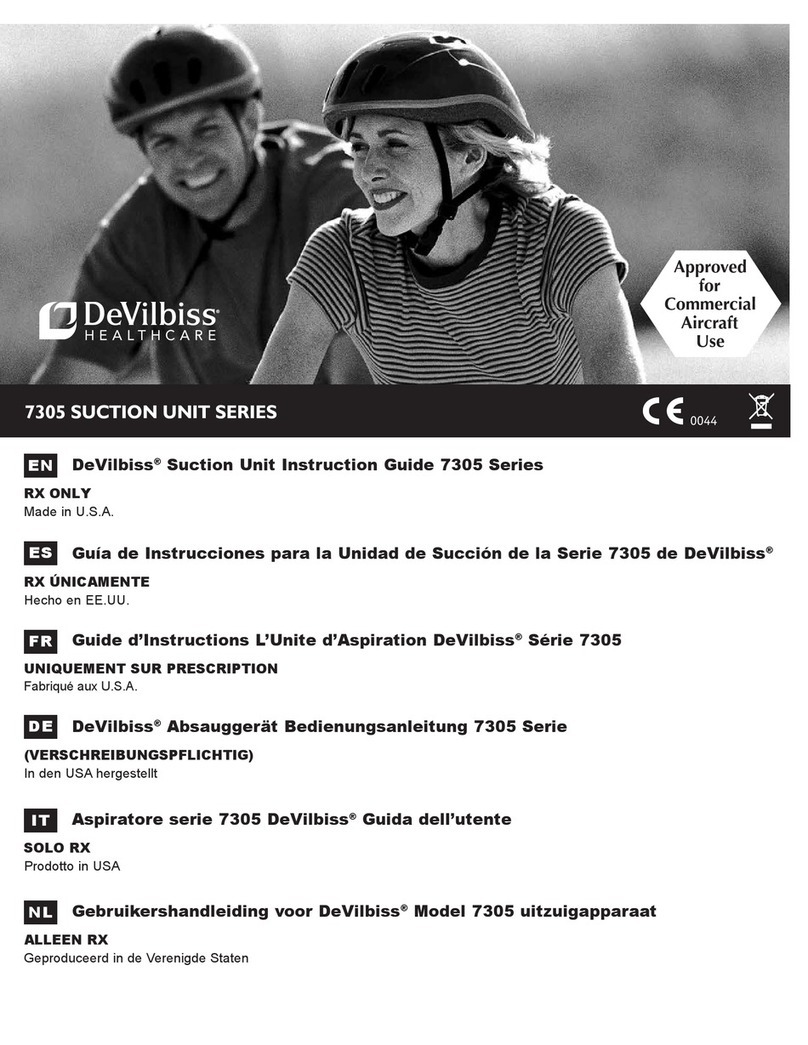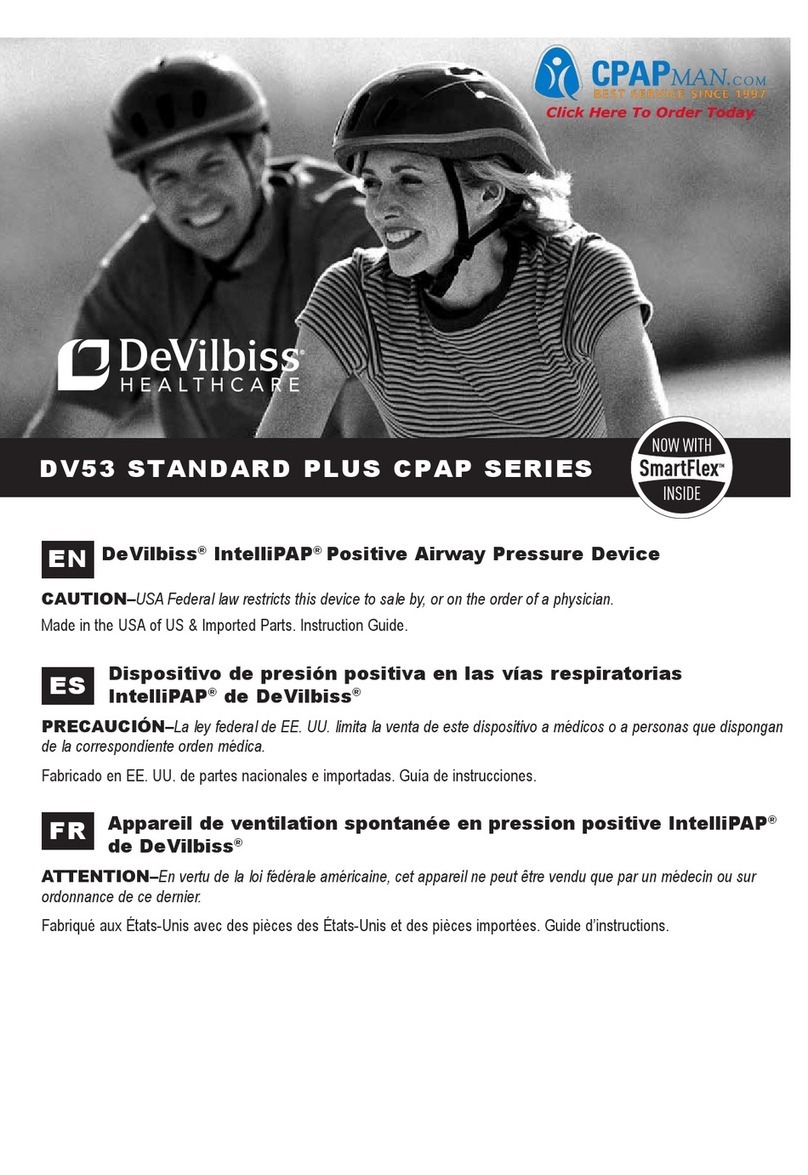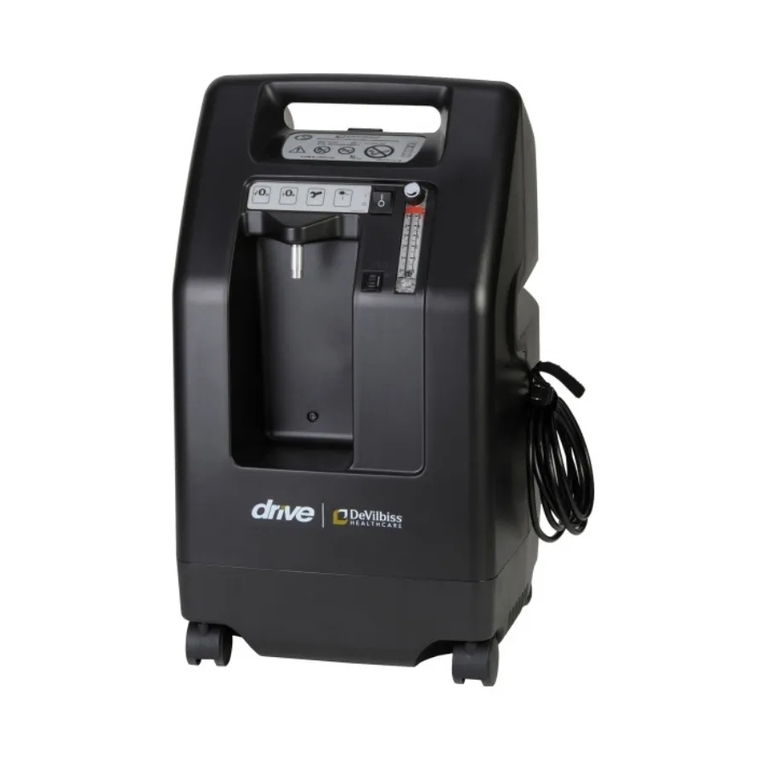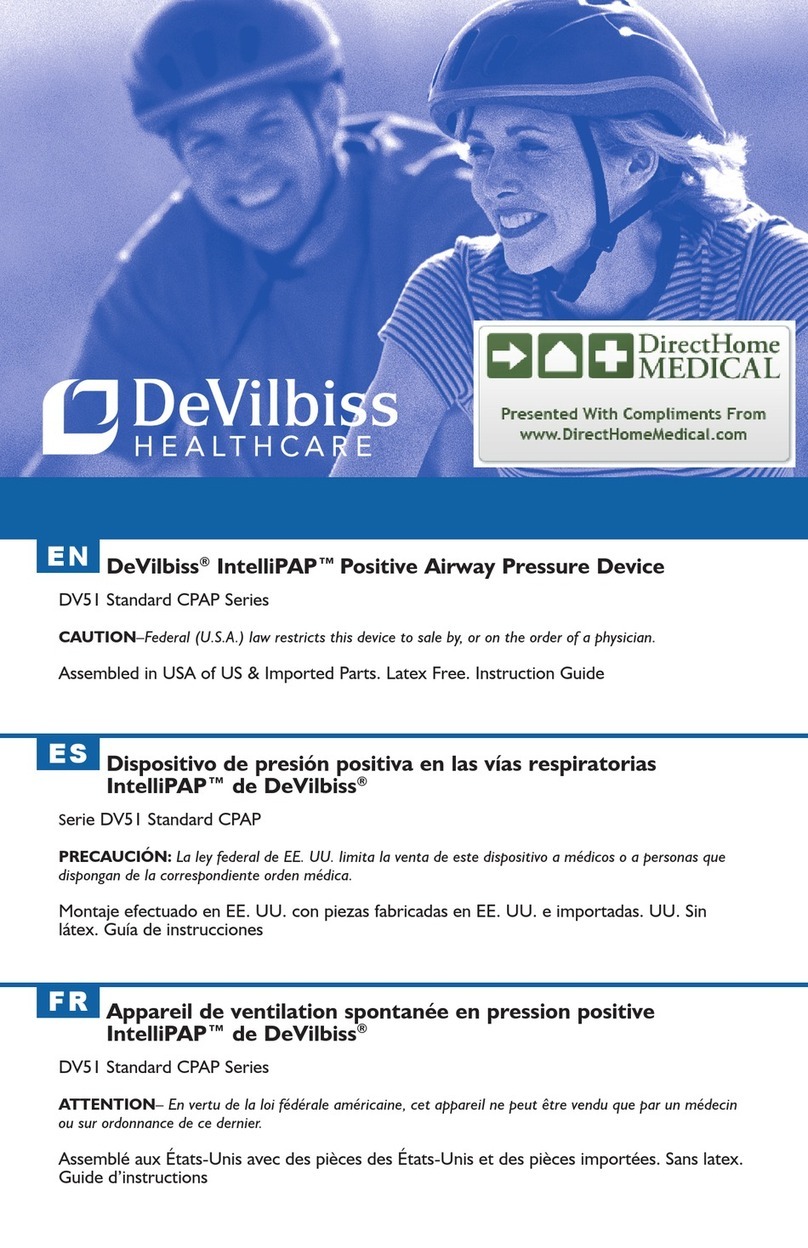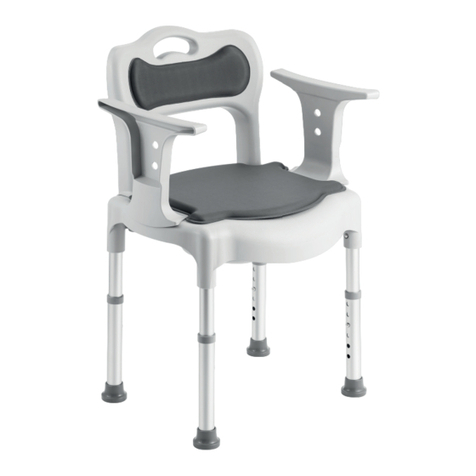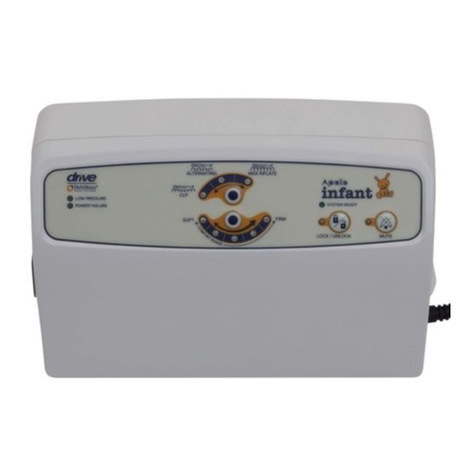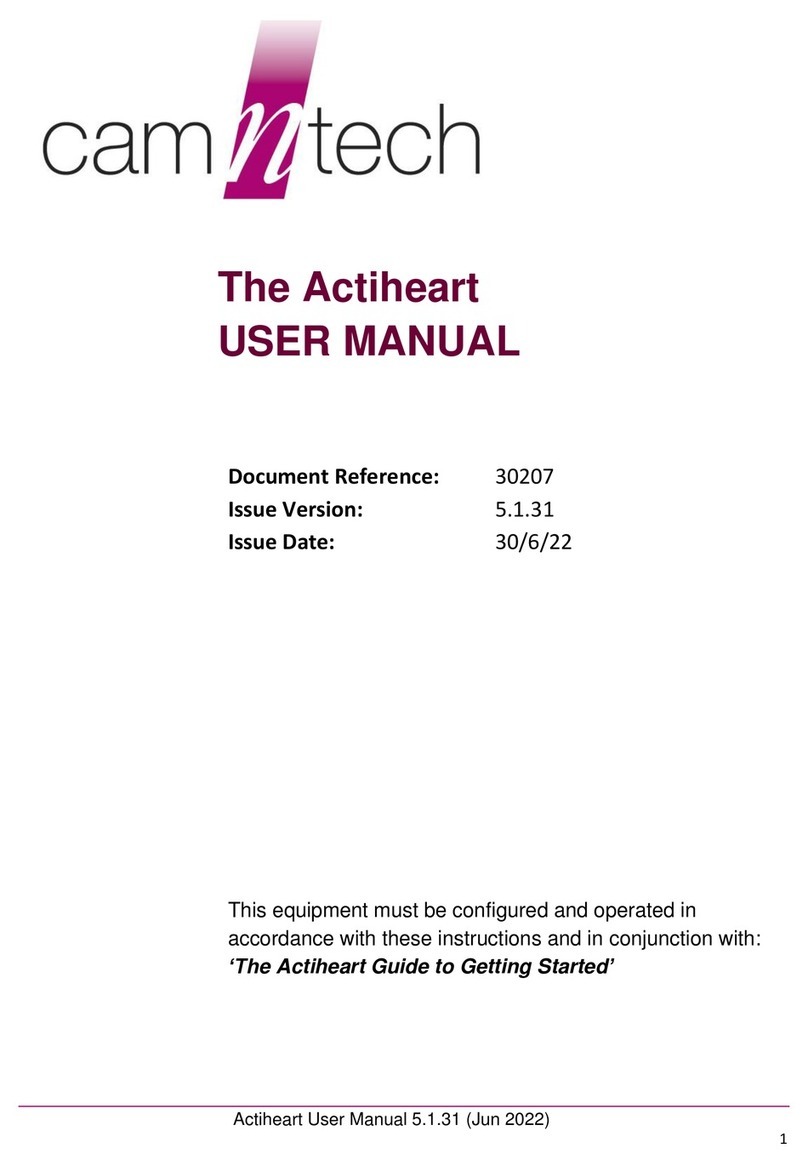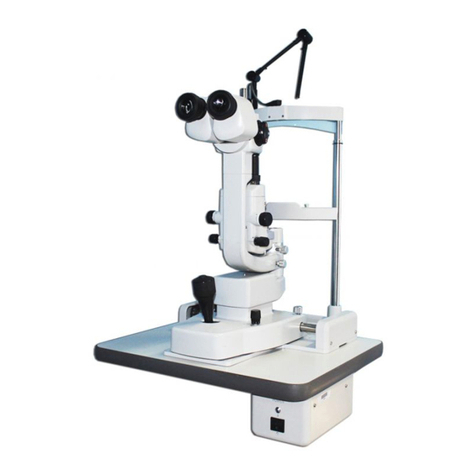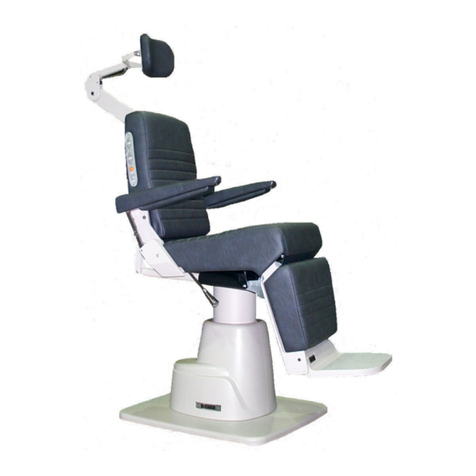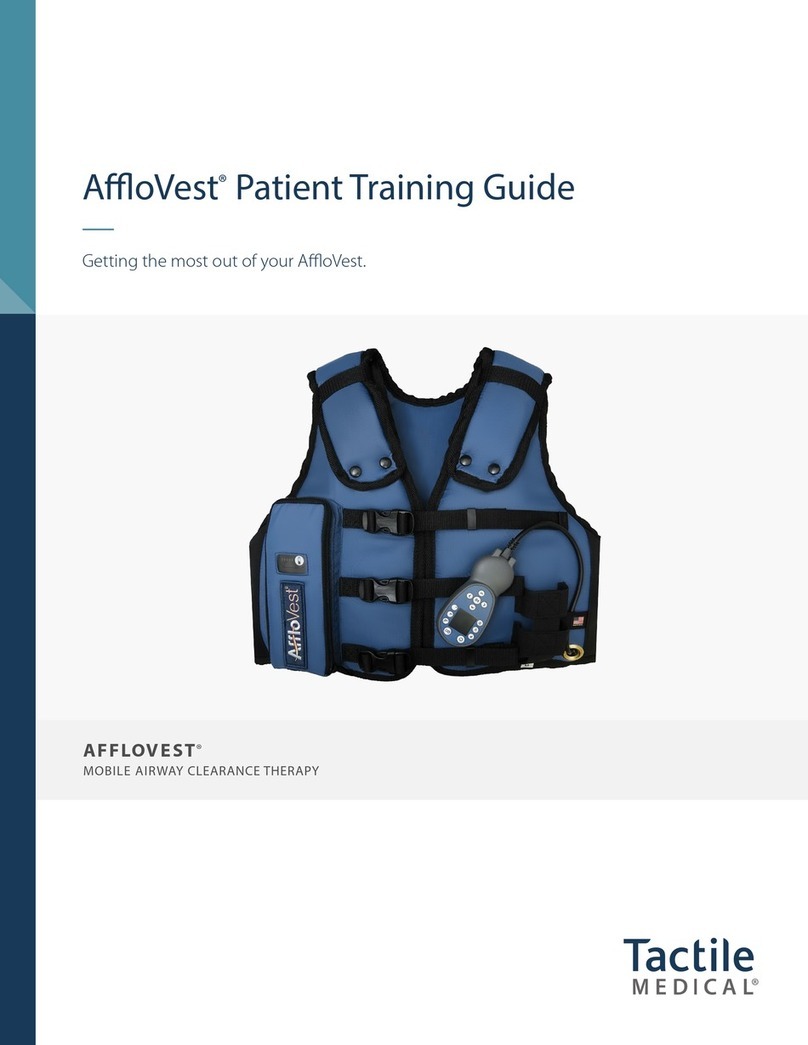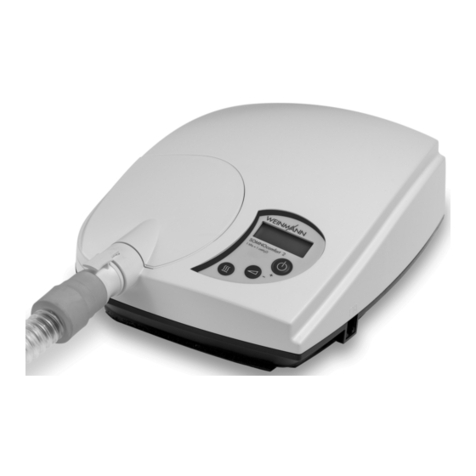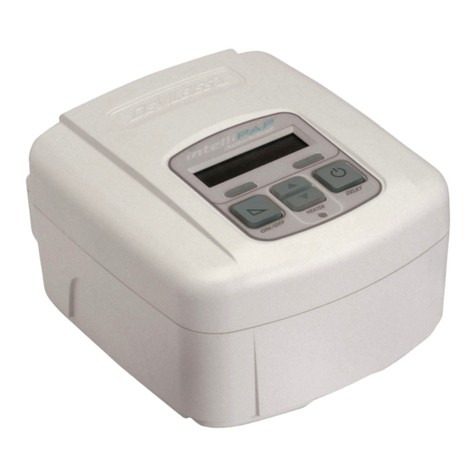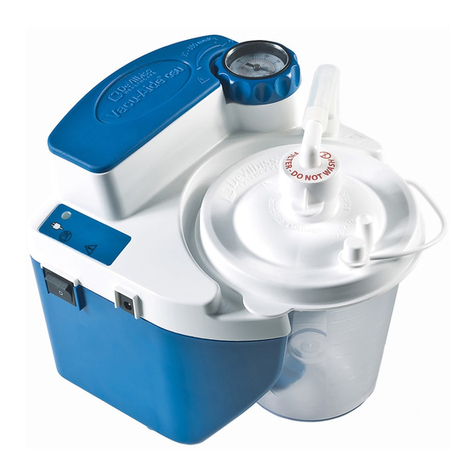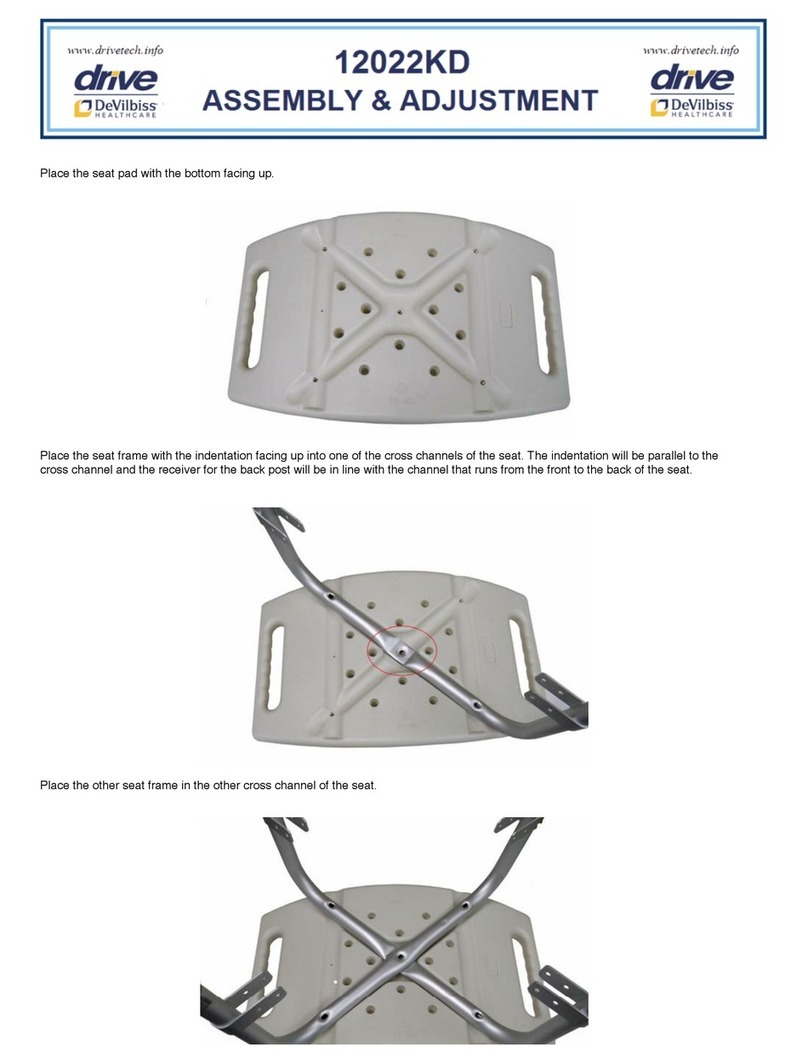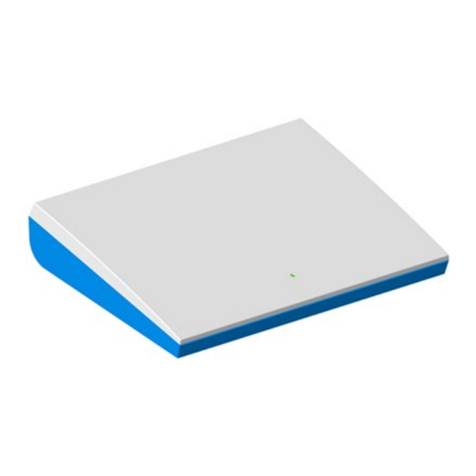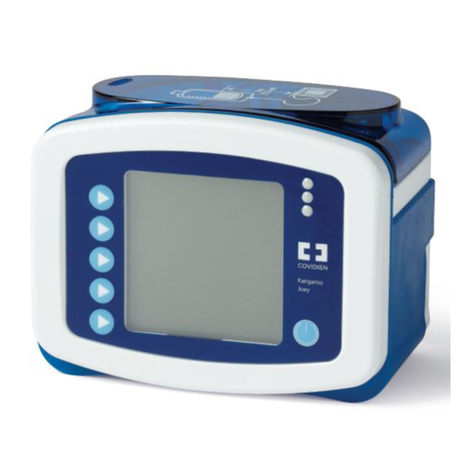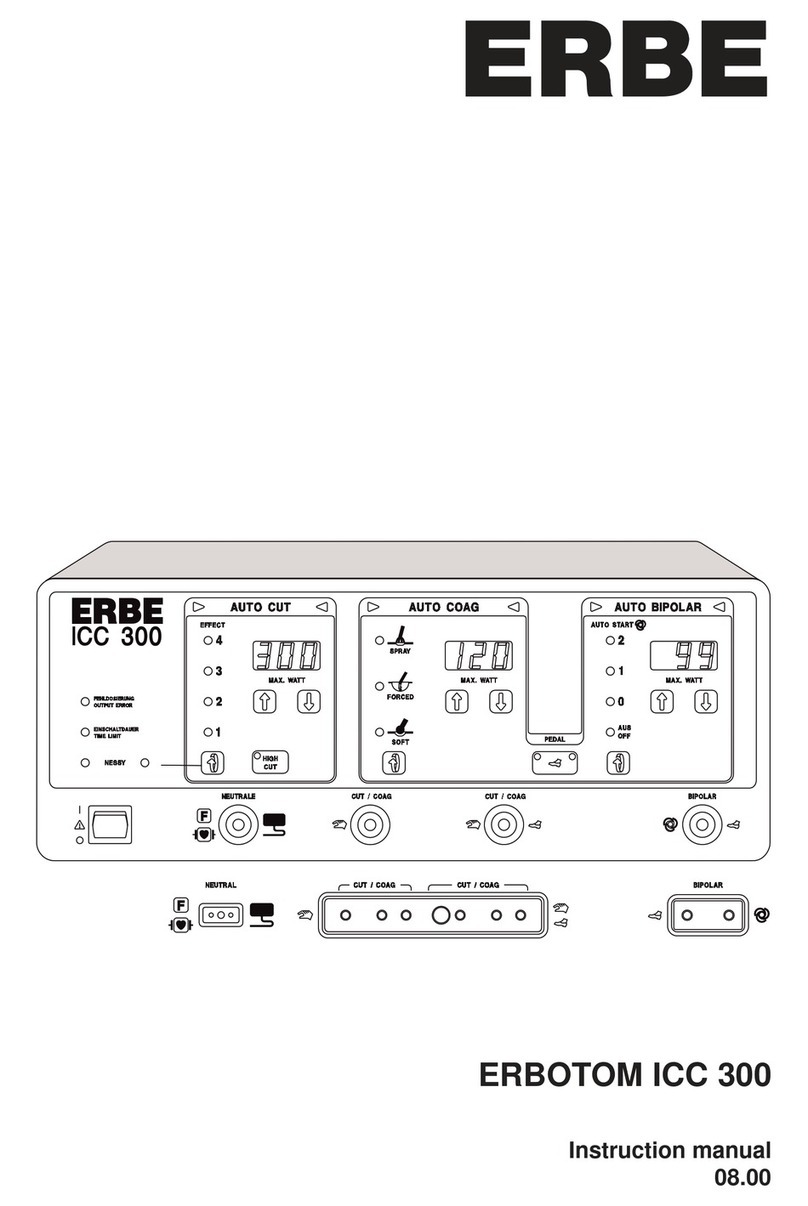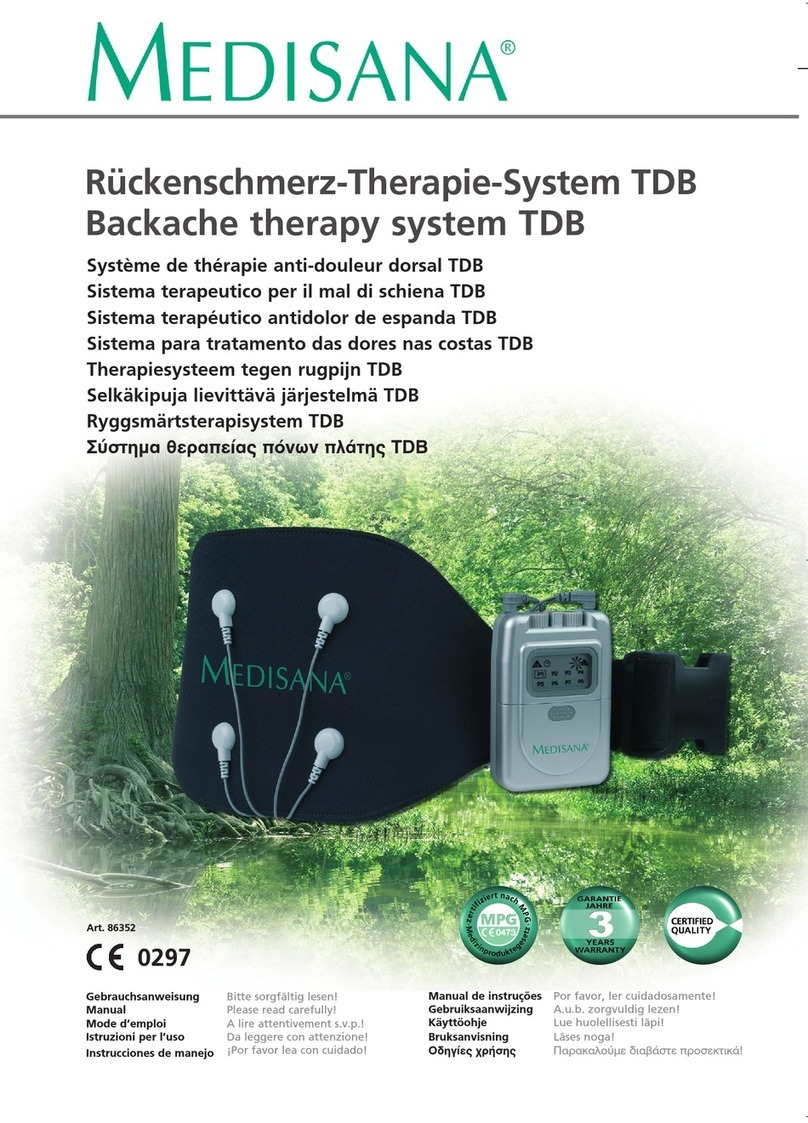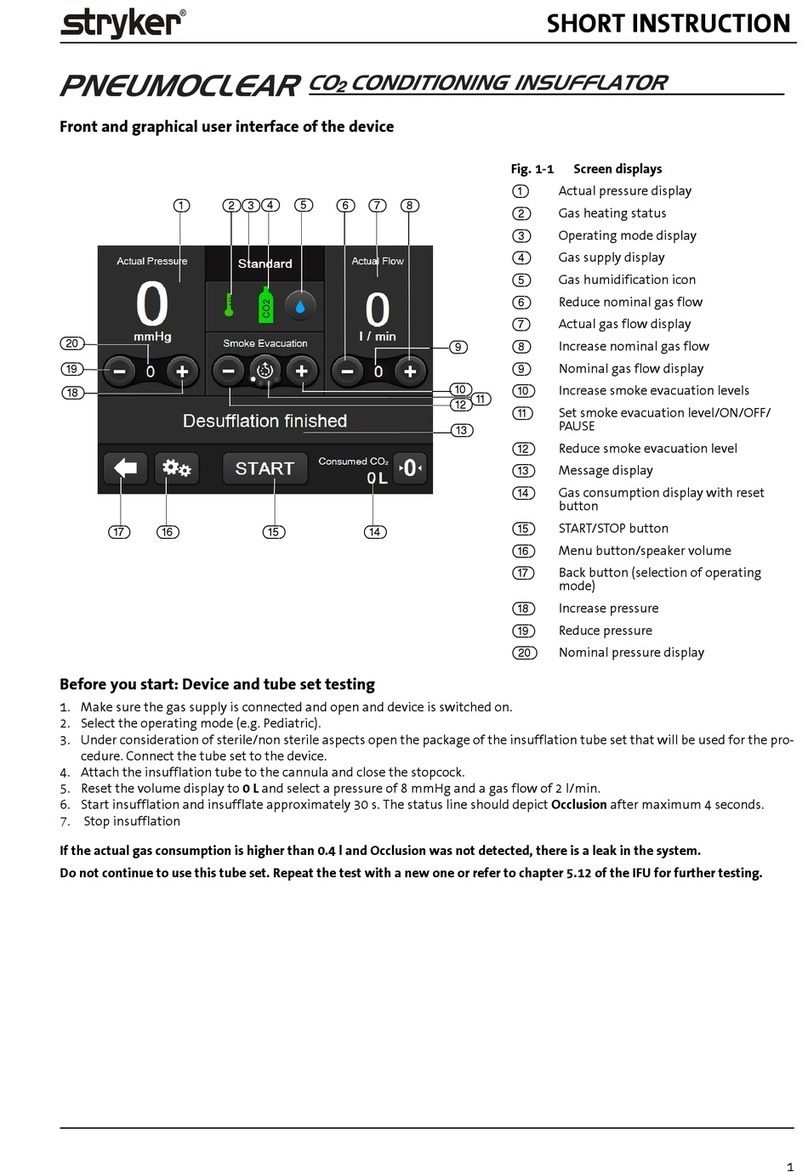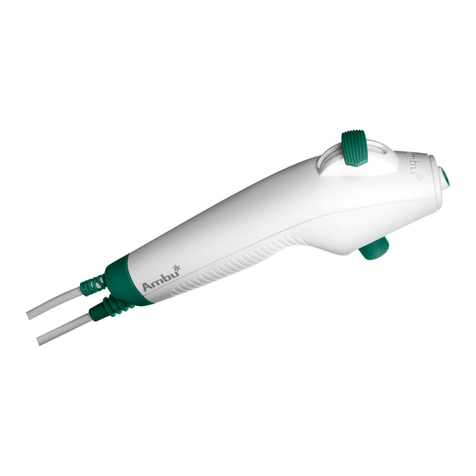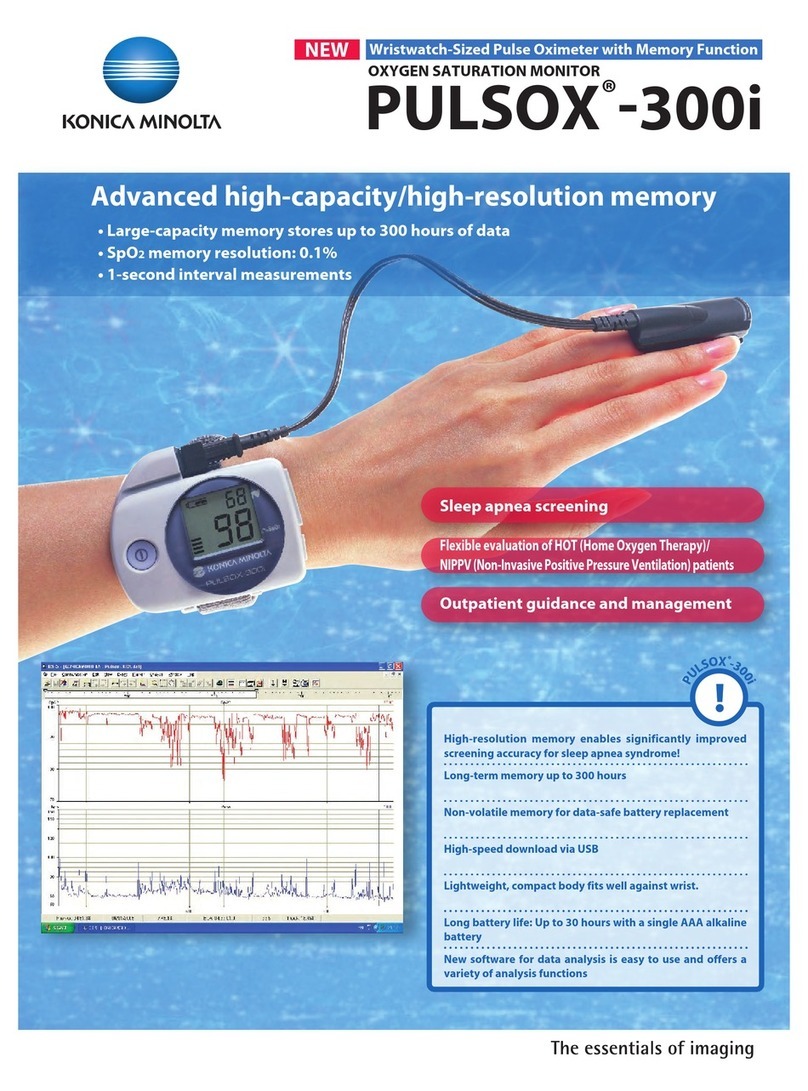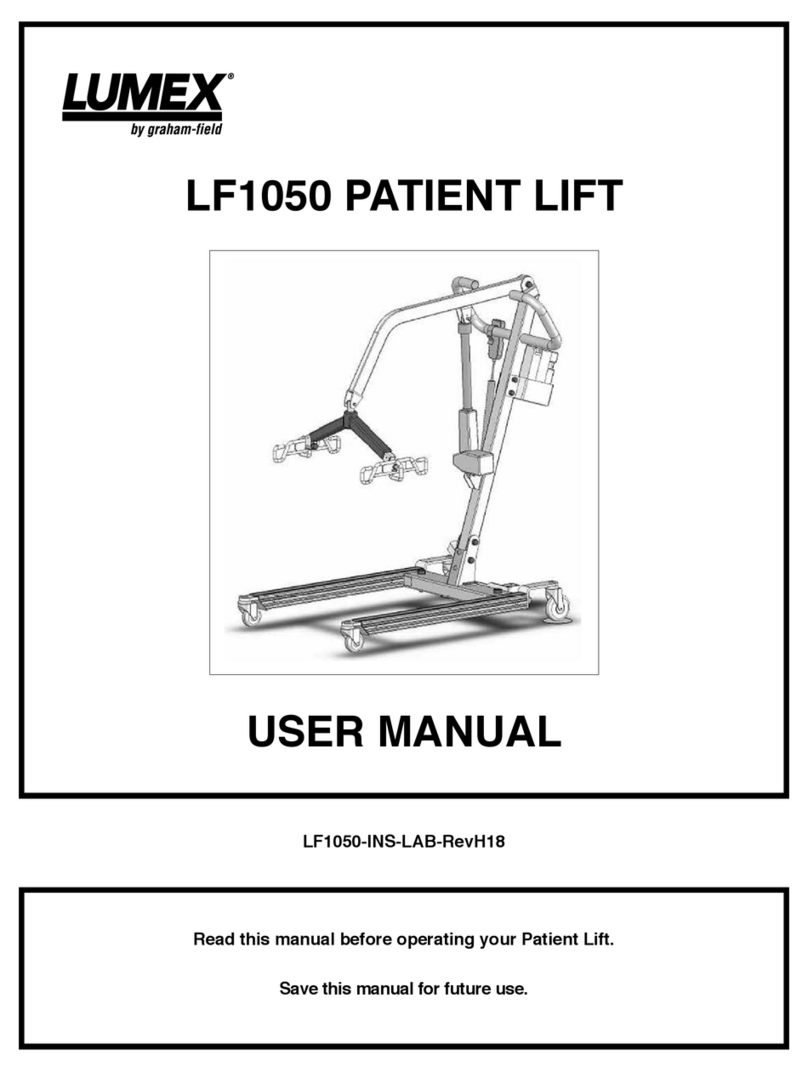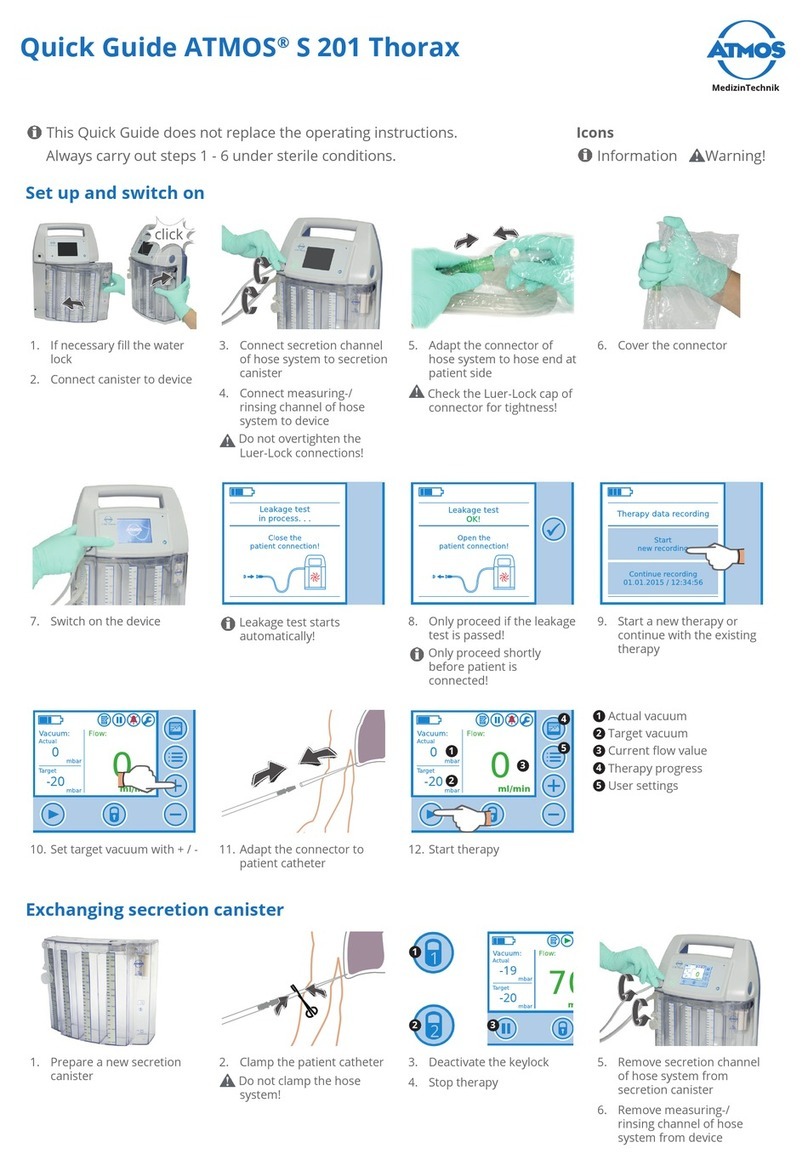
EN - 5
4
5
NOTE– If the Service Required light illuminates and the audible signal alarms but the unit is not operating, there is no power to the unit. Refer to the Minor Troubleshooting
chart on page 6 and contact your DeVilbiss provider if necessary.
NOTE– If an audible low-frequency vibration sound is detected, the unit is not operating properly. Refer to the Minor Troubleshooting chart on page 6, and contact your
DeVilbiss provider if necessary.
2. Check the ow meter to make sure that the ow meter ball is centered on the line next to the prescribed number of your ow rate.
CAUTION– It is very important to follow your oxygen prescription. Do not increase or decrease the ow of oxygen – consult your physician.
NOTE– Your DeVilbiss provider may have preset the ow meter so that it can not be adjusted.
NOTE– If the ow meter knob is turned clockwise, the ow decreases (and eventually will shut off the oxygen ow). If the knob is turned counterclockwise, the ow increases.
NOTE– For prescriptions of 5 LPM, be sure the ball is centered on the 5 liter line; the ball should not touch the red line. Setting the ow
higher than 5 may cause the oxygen purity level to drop.
NOTE– The low-ow alarm will activate if the ow meter ball is set below .3 lpm. The unit will continue to run; however, the Service
Required light will come on accompanied by an audible alarm. Adjust the ow meter to your prescribed ow.
NOTE–On later models of the 515 concentrators equipped with an OSD, the low-ow alarm may be activated if the ow meter ball is set
below 1 lpm. The unit will continue to run; however, the Service Required light will come on accompanied by an audible alarm. Adjust the
ow meter to your prescribed ow.
3. Your DeVilbiss concentrator is now ready for use, properly position the cannula or mask (Figure 4). Allow 20 minutes for oxygen
concentrator to reach stated performance.
RESERVE OXYGEN SYSTEM
As a precaution, your DeVilbiss provider may supply you with a reserve oxygen system. If your unit loses electrical power or fails to operate correctly, the Patient Alert System
will sound to signal you to switch to your reserve oxygen system (if provided) and contact your DeVilbiss provider.
CARING FOR YOUR DEVILBISS OXYGEN CONCENTRATOR
NOTE–Use no lubricants, oils or grease.
WARNING
Before attempting any cleaning procedures, turn the unit “Off.”
Cannula/Mask, Tubing, and Humidifier Bottle
Clean and replace the cannula/mask, tubing, and humidier bottle according to the manufacturer’s instructions.
Air Filter and Oxygen Outlet Connector
The air lter and connector should be cleaned at least once a week. To clean, follow these steps:
1. Remove the air lter, located on the back of the unit. Remove the oxygen outlet connector (if used).
2. Wash in a solution of warm water and dishwashing detergent (Figure 5).
3. Rinse thoroughly with warm tap water and towel dry. The lter should be completely dry before reinstalling.
CAUTION– To prevent product damage, do not attempt to operate the unit without the air lter or while the lter is still damp.
Exterior Cabinet
As needed, clean the concentrator exterior cabinet by using a damp cloth or sponge with a mild household cleaner and wipe it dry.
WARNING
To avoid electric shock, do not remove the concentrator cabinet. The cabinet should only be removed by a qualied DeVilbiss technician. Do not apply liquid
directly to the cabinet or utilize any petroleum-based solvents or cleaning agents.
Use of harsh chemicals (including alcohol) is not recommended. If bactericidal cleaning is required, a non-alcohol based product should be used to avoid
inadvertent damage.
PROVIDER’S NOTES - Cleaning and Disinfection When There is a Patient Change
When medical devices have already been used with a patient, contamination with human pathogenic germs should be assumed (unless there is evidence to the contrary), and
the next patient, user or third party should be protected by appropriate handling and preparation.
Therefore, when there is a patient change, people must be protected during the transport and handling of the device, and the device must be fully processed, i.e., cleaned and
disinfected, by suitably trained personnel before reuse to protect the next patient. The complete processing may only be done by the manufacturer or by a qualied DeVilbiss
provider/service technician.
NOTE–If the following described complete processing of the concentrator by a qualied DeVilbiss provider/technician is not possible, the device must not be used by another
patient!
DeVilbiss Healthcare recommends that at least the following procedures be carried out by the manufacturer or a qualied third party between uses by different patients.
NOTE–If preventive maintenance is due at this time, these procedures should be carried out in addition to the servicing procedures.
1. Dispose of all accessory components that are not suitable for reuse, i.e., particularly the oxygen tubing, the nasal cannula/mask, oxygen outlet connector and humidier
bottle.
2. CAUTION–the concentrator must be disconnected from the power supply for this step: Open the concentrator and remove all dust deposits inside the cabinet with
an appropriate vacuum cleaner.
3. Clean and disinfect all parts of the cabinet inside and outside and the power cord with a suitable disinfecting agent, e.g., Microbac Forte or Terralin®.
4. Check the cord, the plug on the back of the device, the power switch, the fuse holder and the indicator light for possible damage.
5. Replace all damaged or worn components.
6. Replace the cabinet air lter on the back of the device.
7. Check the oxygen concentration. If the device is within specications, the extended life intake bacteria lter does not need to be replaced between patients. If the
concentration is not within specications, the provider should refer to the service manual section on Troubleshooting.
SE-515X









